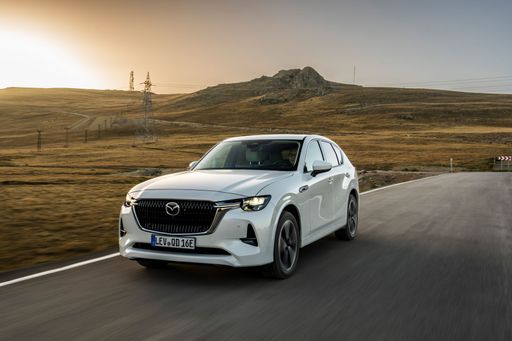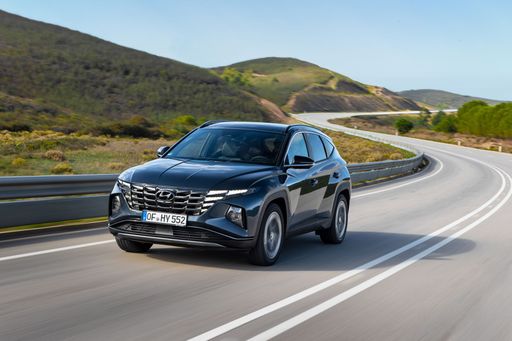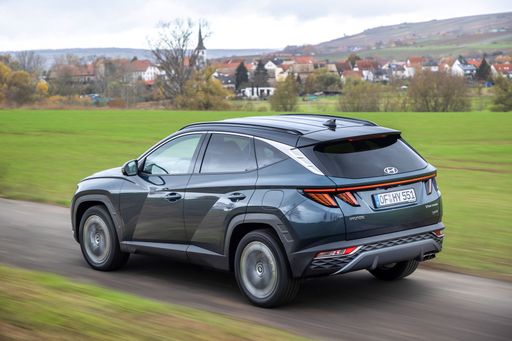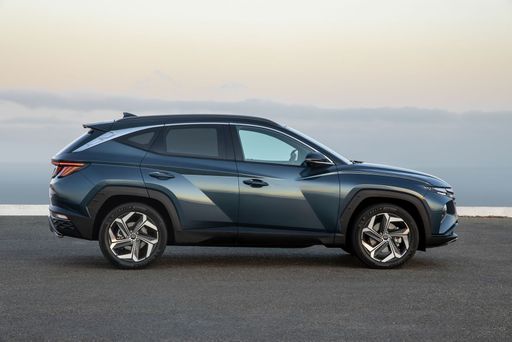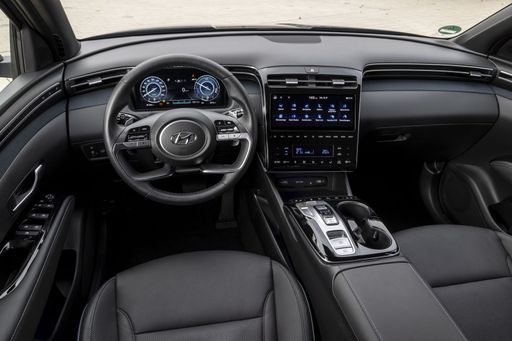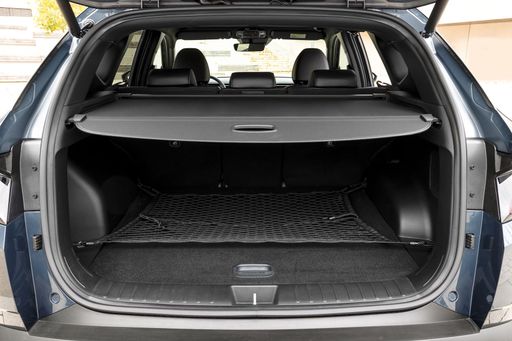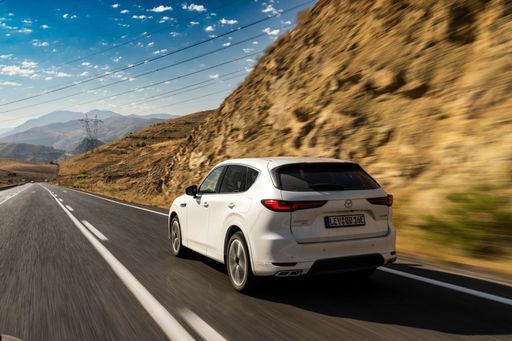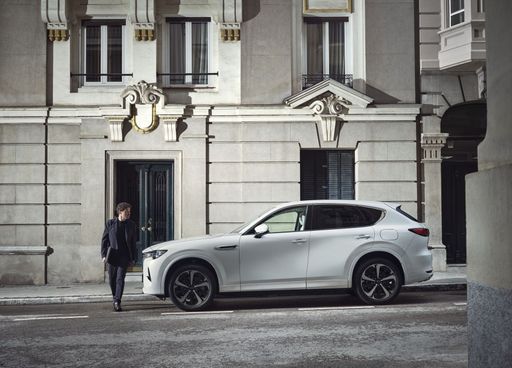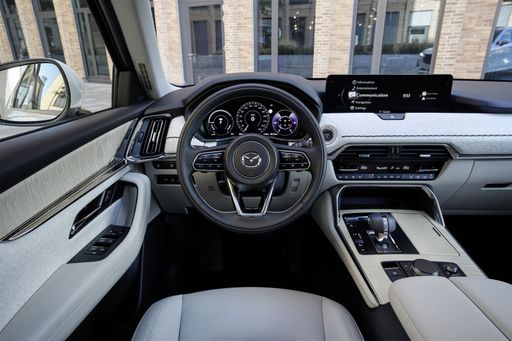Hyundai Tucson vs. Mazda CX-60: A Comprehensive Comparison
The SUV market has seen explosive growth, with manufacturers vying for attention through innovation, efficiency, and performance. Two standout contenders in this segment are the Hyundai Tucson and the Mazda CX-60. Both vehicles boast impressive specifications and features, but which one truly offers the best value? This article dives deep into their technical aspects, innovations, and overall performance.

